Introduction

50mm lenses have been one of the staple horses of Cosina/Voigtländer for a long time and – as of the time I am writing this review – the Voigtlander 50mm 1.5 II Nokton Vintage is one of the latest additions to this ever growing line up.
It would best be described as their “most compact, still very fast and with a modern rendering” option and we will have a look how it performs in this review.
This lens will be reviewed on the 42mp Sony A7rII and the 24mp Leica M10.
Sample Images
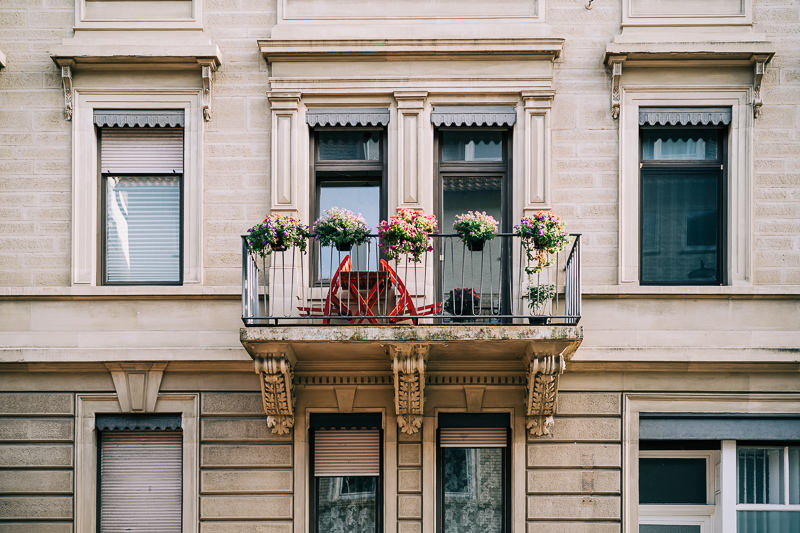
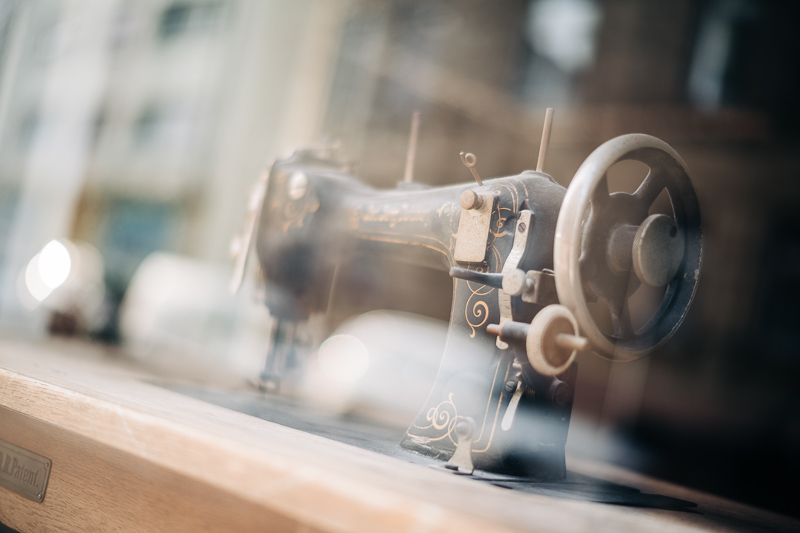

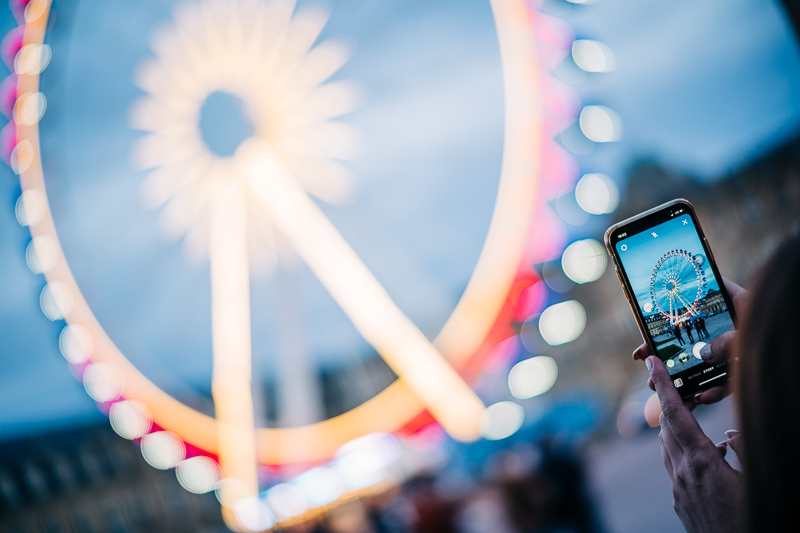
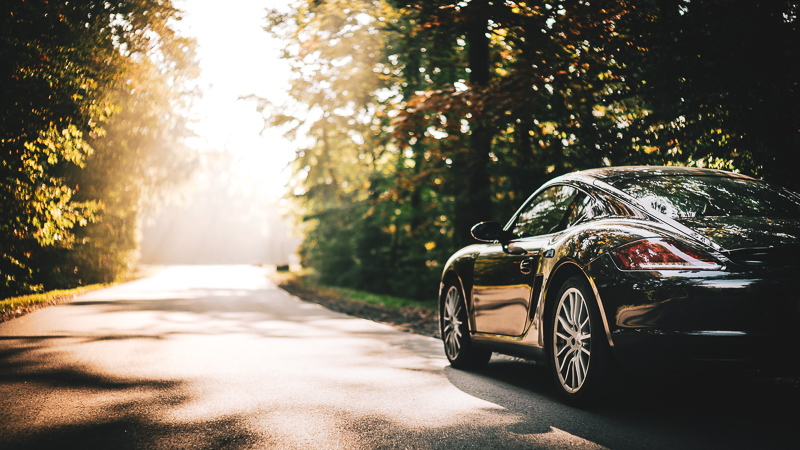
Most of the sample images in this review can be found in full resolution here.
Contents
Specifications/Versions
There have been several different Voigtländer 50mm 1.5 rangefinder lenses and I am not sure this is a complete list:
- Voigtlander 50mm 1.5 Nokton
~255g (black and silver), 6/5 design, 52 mm filter thread, MFD 0.9 m, 10 aperture blades, M39 - Voigtlander VM 50mm 1.5 Nokton
220g (black) / 293g (brass), 6/5 design (same as before), 49 mm filter thread, MFD 0.7 m, 10 aperture blades, M-mount - Voigtlander VM 50mm 1.5 II Nokton MC/SC
198g (black/silver) / 255g (bicolor), 8/7 design, 43 mm filter thread, MFD 0.7 m, 12 aperture blades, M-mount
comes as single (SC) and multicoated (MC) - Voigtlander VM 50mm 1.5 Heliar Classic
255g, 6/3 design, 49 mm filter thread, MFD 0.5 m, 10 aperture blades, M-mount
I am reviewing the MK II bicolor lens multicoated here which has the following specifications:
-
- Diameter: 55 mm
- Field of view: 46.3° (diagonally)
- Length: 37 mm
- Weight: 255g (bicolor)
- Filter Diameter: 43 mm
- Number of Aperture Blades: 12 (straight)
- Elements/Groups: 8/7

- Close Focusing Distance: 0.7 m
- Maximum Magnification: 1:11.3 (measured)
- Mount: Leica-M
The lens is available from Robert White (UK) | B&H | ebay.com | ebay.de (affiliate links) and the price is $949/799€/£849.
Disclosure
The Voigtlander VM 50mm 1.5 MC II was kindly provided free of charge by Robert White/Flaghead for reviewing purpose for a duration of 4 weeks.
Handling / Build Quality

I have said it a few times before: Cosina doesn’t really follow a clear line when it comes to the casing design of their M-mount lenses. This is especially true for the bicolor version of the Voigtlander VM 50mm 1.5 II I am reviewing here, as there are hardly any other lenses in the line up that looks similar and it rather resembles some of the earlier Voigtlander lenses.
It should be noted the “Vintage” designation is because of the look of this lens, not because the pictures you take with it will look like they have been taken with an old lens, if you are looking for that then “Classic” is the term you need to look for in the Voigtlander portfolio.
Still, the lens looks and feels really solid, all white markings are engraved and filled with paint, the focus ring has perfect resistance and turns about 100° from the minimum focus distance of 0.7 m to infinity.
The aperture ring has equidistant and very distinct half-stop click stops and feels very tightly assembled. It turns ~110° from f/1.5 to f/16.
The lens features a rangefinder coupling but no focus tab.
Out of box the lens was well calibrated on my Leica M10, but it looks to me that true infinity would be a tad behind the hard stop (see sharpness infinity section).
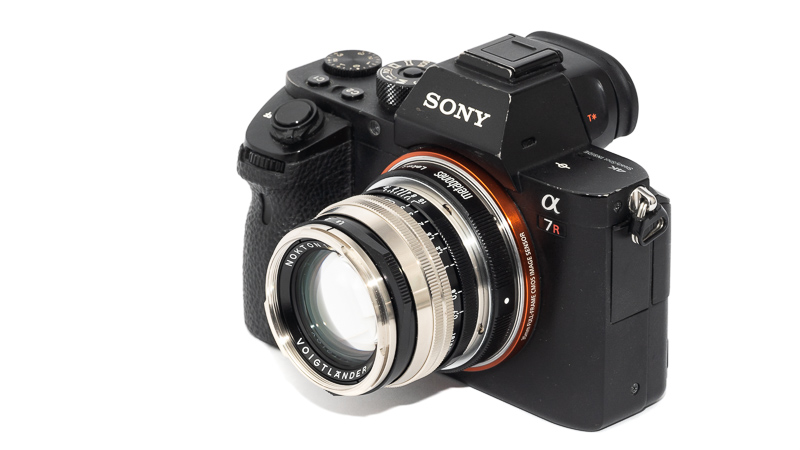
As is unfortunately often the case for Cosina’s M-mount lenses there is no hood in the package. Voigtlander offers a rather pricy vented hood option here which is called LH-6.
Vignetting
light falloff

| f/1.5 | 3.5 EV |
| f/2.0 | 2.7 EV |
| f/2.8 | 2.0 EV |
| f/4.0 | 1.5 EV |
| f/5.6 | 1.4 EV |
| f/8.0 | 1.4 EV |
| f/11 | 1.4 EV |
The Voigtlander 50mm 1.5 II is very small considering the combination of maximum aperture and focal length and when it comes to wide open vignetting we already have to pay the toll for that, as I measure roughly 3.5 EV at f/1.5. This is noticeably more than the Voigtlander VM 50mm 1.2 Nokton shows at f/1.2 and also stopped down I measure still high 1.3 EV.

It is recommended to have a look at this article first to get an idea how this brightness graph works.
optical vignetting
Very fast yet compact lenses usually show a significant amount of optical vignetting. Without going too much into technical details optical vignetting leads to the truncation of light circles towards the borders of the frame.
In the center of the frame almost every lens will render a perfect circle, but only lenses with very low optical vignetting will keep this shape in the corners.
So in the following comparison we move from the center (left) to the extreme corner (right) and see how the shape of the light circle changes.
For comparison’s sake I included the TTArtisan 50mm 1.4 M and Voigtlander 50mm 1.2 here. The Voigtlander VM 50mm 1.5 II shows the highest optical vignetting which is very apparent in the corners. Stopped down to f/2.0 the TTArtisan lens looks the best followed closely by the Voigtlander 50mm 1.2, this 50mm 1.5 II being the worst. I also expect some swirly bokeh, we will have a look at that in the bokeh section.
All lenses also show some onion ring structures caused by the use of aspherical elements.
I did not shoot the lenses side by side, if I did the circles from the f/1.2 lens would be bigger in direct comparison. The focus distance was 0.7 m and you may get slightly different results at other distances.
Sharpness
infinity (42mp Sony A7rII)

Considering the Voigtlander VM 50mm 1.5 II has been designed for M-mount with its much thinner filter stack it shows quite a decent performance on the Sony cameras. While the corners are rather mushy at wider apertures and the midframe shows some field curvature by f/4.0 we already get acceptable across frame performance at f/8.0 actually really good one.
This behavious is quite similar to what I saw with the TTArtisan 50mm 1.4 M and the corners also reach better performance than the Voigtlander 50mm 1.2 (true for E and M-mount version).
infinity (24mp Leica M10)

Performance on the Leica M10 and Sony A7rII is similar, but here it looks to me that already at f/4.0 we get really good across frame performance, but we also need to take into account the lower resolution of the M10’s sensor which might also play a part here.
It looks like true infinity would have been slightly behind the lens’ hard stop when used on my Leica M10. Due to mount tolerances of lens and camera this can always happen and is the reason most non-M-mount lenses can be focused past the infinity mark.
portrait distance 1.4m distance (24mp Sony A7III vs 24mp Leica M10)
For portraiture it isn’t so important how flat the field is, it is more interesting to see what the sharpness is like when focused at different parts of the frame to take field curvature out of the equation.
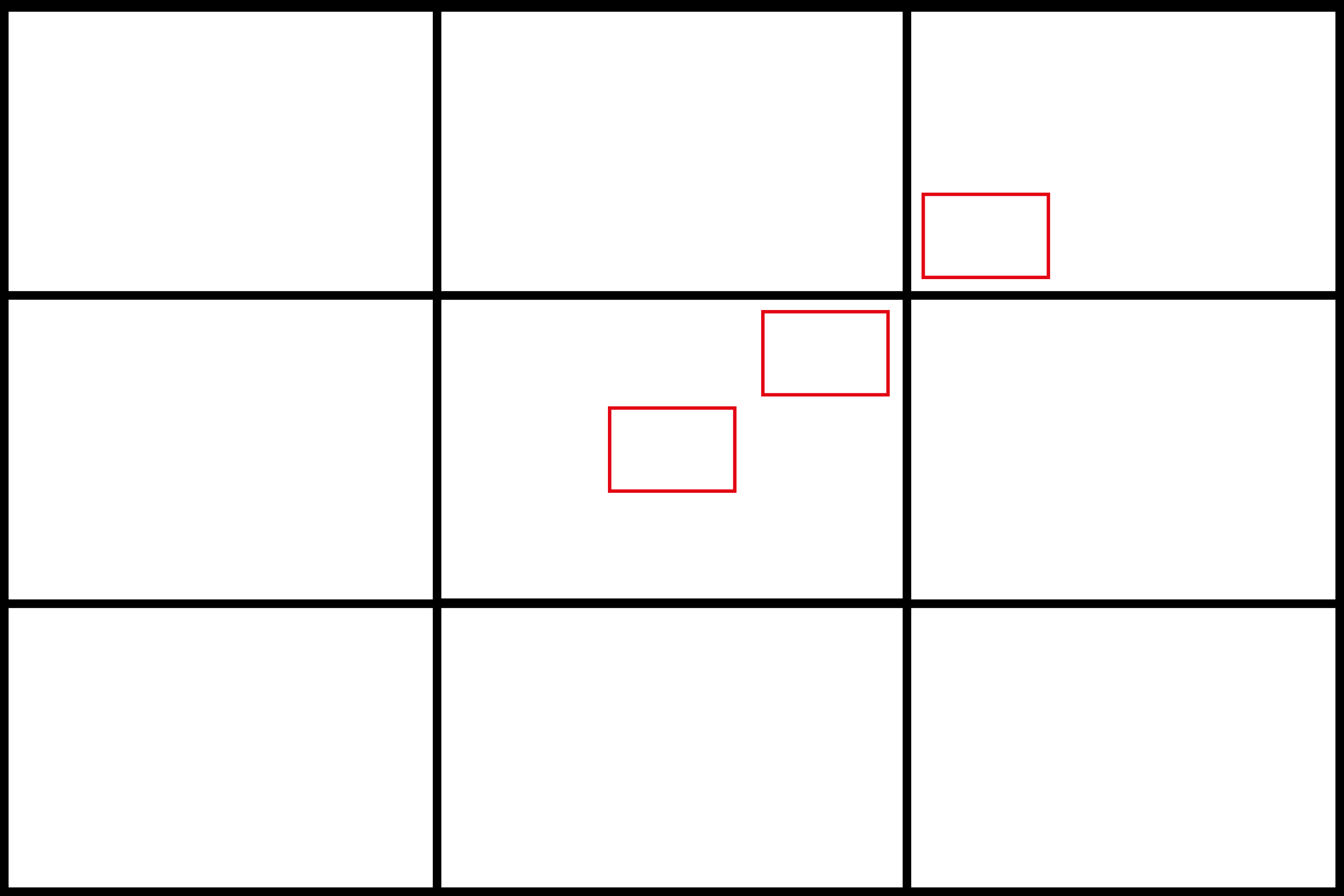
We will be looking at 100% crops from the 24mp Sony A7III and the Leica M10. Both cameras do not have an anti aliasing filter in front of the sensor.
Sony A7III <—> Leica M10
observations
At a focus distance of 1.4 m we only see minor differences and we get decent performance at f/1.5 even in the outer midframe. No complaints here.
close (0.70 m, 1:11.3, 42mp A7rII)
100% crops from center, A7rII, because of focus shift (see corresponding section) I refocused for every shot.
The performance we see at the minimum focus distance is very typical for a fast lens without a floating elements design: at the maximum aperture there is a noticeably amount of spherical aberration (glow) which is reduced on stopping down. By f/2.8 the performance is really good in the center of the frame.
Flare resistance
As always evaluating flare is a complex matter since you can get any lens to look bad if you push it hard enough and a slight change of scenario can affect results a lot.
Some of the modern Voigtlander lenses were suprisingly good in this category, e.g. the 35mm 1.2 or 50mm 1.2 lenses, but the 35mm 2.0 Apo-Lanthar (recently reviewed by me) as well as this 50mm 1.5 II MC fall a bit behind them.
Sun outside frame
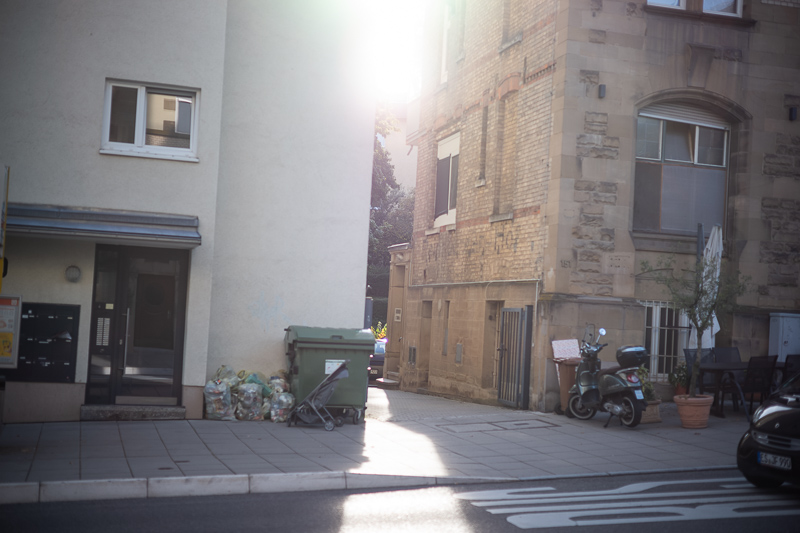
With the sun outside the frame anything can happen. Generally I often encountered a loss of contrast, but sometimes also huge ghosts appeared.

As said, a slight change of camera position can make a big difference, so here we have a look at the same scene with only very slightly altered camera position:
Leica M10 | Voigtlander VM 50mm 1.5 II Nokton MC | f/8.0
Sun inside frame
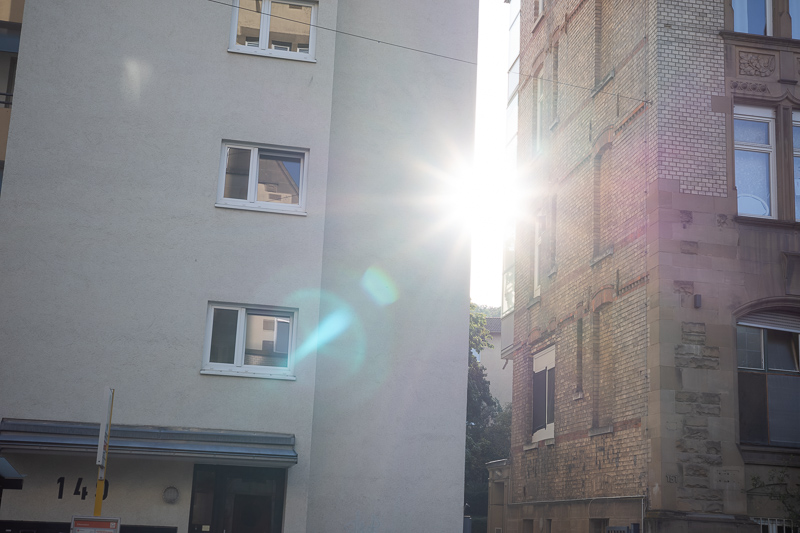
With the sun inside the frame the situation is generally a lot better, but also here ghosts running across most of the frame can appear. I did expect better performance here, and while I rarely felt the need to use the hoods of the other Voigtlander lenses here putting on in the box in the first place might have not been a bad idea.
Also remember I am reviewing the multi coated version here, the single coated version will show significantly more artefacts, as the comparison on the official page already shows.
Coma
A 50mm lens this fast and small: we shouldn’t expect great coma performance at wider apertures and indeed at f/1.5 and f/2.0 there is noticeable coma visible. Stopping down to f/2.8 improves the performance significantly, but to completely get rid of it you have to stop down to f/4.0 to f/5.6.
The performance is similar to the Voigtlander 50mm 1.2, TTArtisan 50mm 1.4 or other small yet fast lenses.
100% crops from extreme corner, focused on center, Leica M10
Distortion
Leica M10 | Voigtlander VM 50mm 1.5 II Nokton MC | f/4.0
The Voigtlander VM 50mm 1.5 II shows a small amount of pincushion distortion. There is no lens profile available yet, but dialing in -2 in Lightroom/Camera Raw is doing a good job at correcting it.
Bokeh

As always with fast lenses I am sure this is a category many will care about, so as usual we are having a thorough look how the lens performs at different distances and in different scenarios.
Generally the lens gives a nice, smooth background blur, but it is quite apparent optical vignetting is high and with foliage I often encountered a “swirly” bokeh look.
Not too surprising considering the small size of the lens, but something you should be aware of.
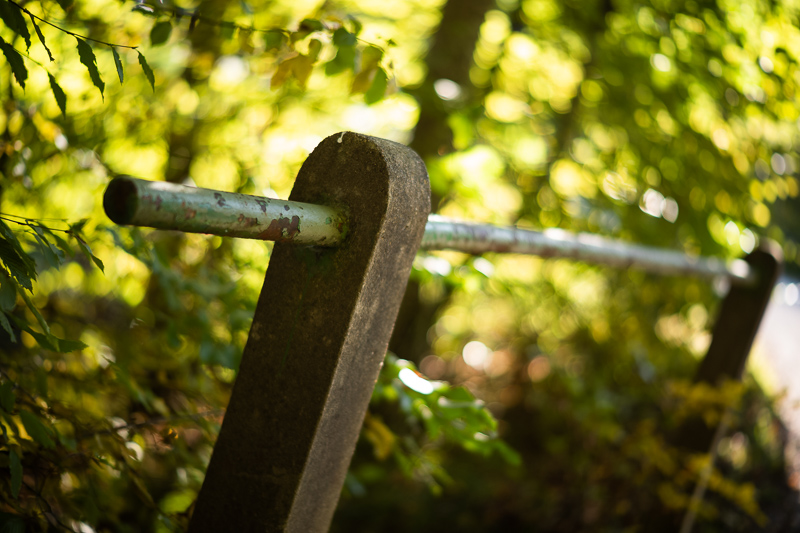
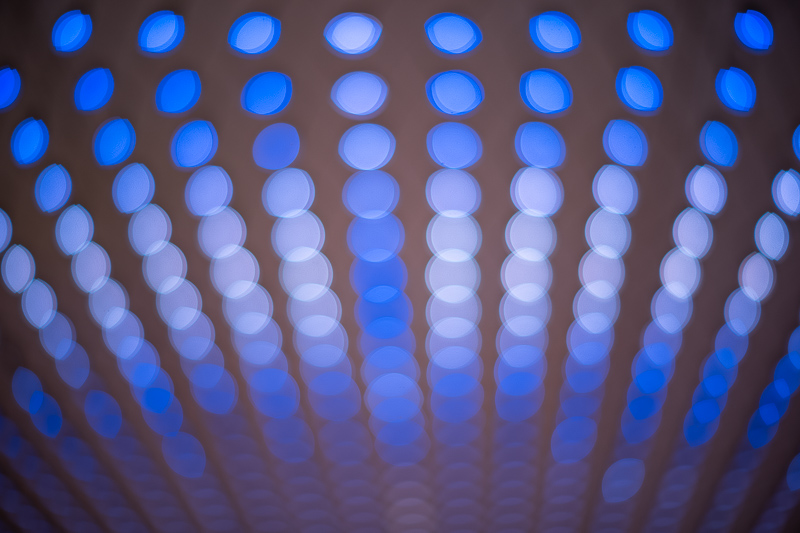
The transition zone can also be a bit busy with double edged structures at times, even at close distances and it is easy to spot loCA in this scene, too:

Many of you may want to use the lens for portraiture and generally the lens is showing a decent performance at these distances.


Longer focus distances are where many lenses struggle a bit, but also here the Voigtlander 50mm 1.5 II renders the bokeh mostly undistracting:
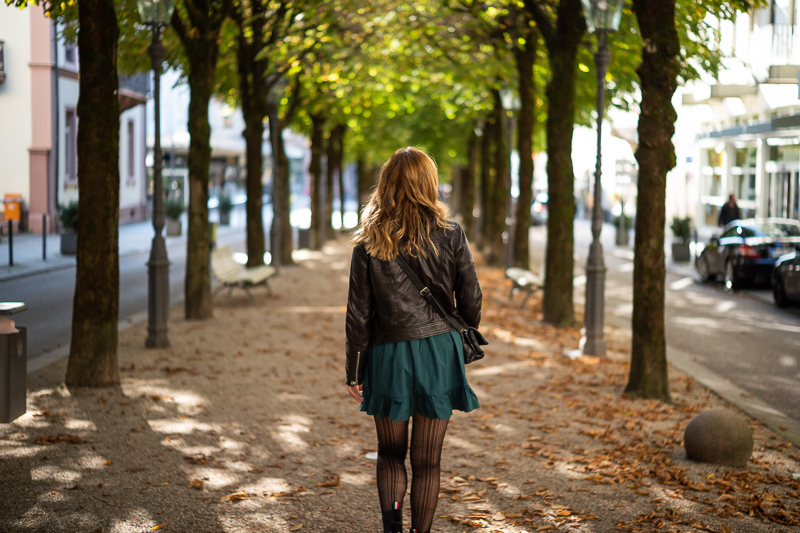
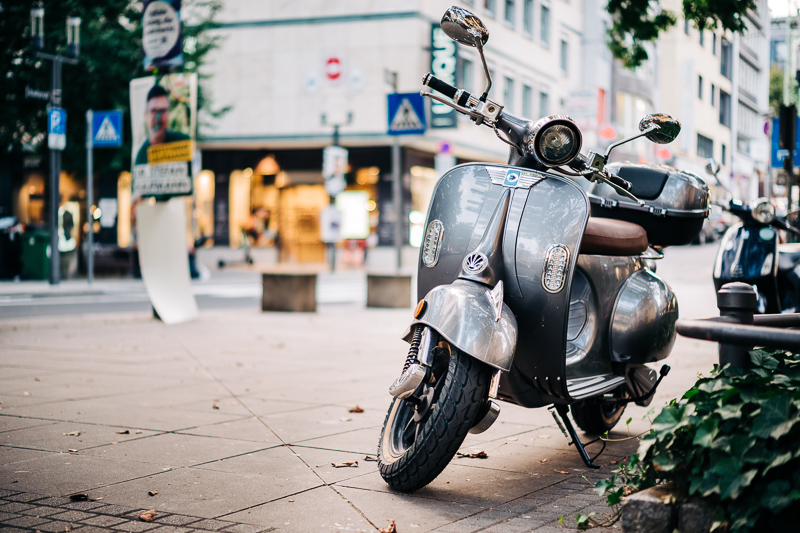
With very complex backgrounds – like several layers of foliage – things can get a bit busy and distracting though, especially when the lens is used on a Sony camera with its thicker filter and when having a closer look to the corners:
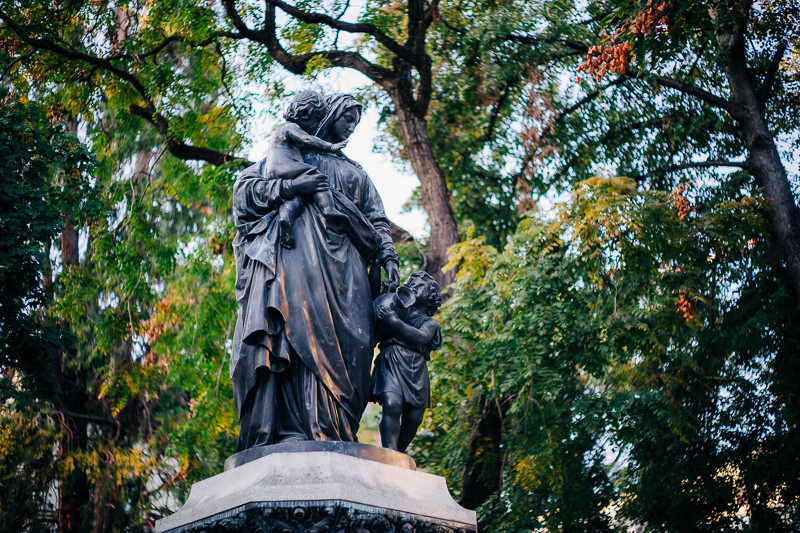
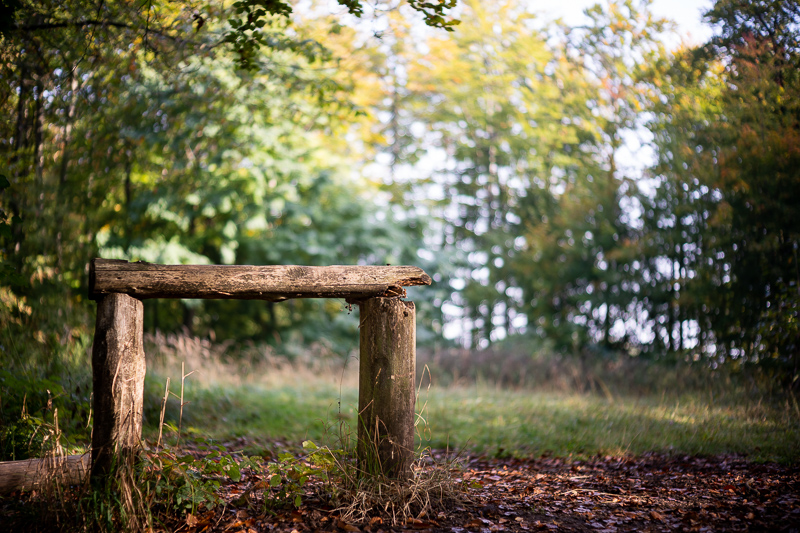
There are 50mm lenses available that show less optical vignetting, but none of them is as small as this one. In a direct comparison I would prefer the TTArtisan 50mm 1.4 in this category, but that lens is also significantly bigger and heavier.
So considering its small size the Voigtlander 50mm 1.5 II MC shows a very respectable performance.
Sunstars
Unlike the Voigtlander Apo-Lanthars I reviewed recently the 50mm 1.5 II still features the “classic” straight 12 blade diaphragm which yield very distinct suntars from f/2.0.
If you want to know more about sunstar rendering of different lenses have a look at this article.
100% crops from center, A7rII
Chromatic aberration
lateral
100% crops from corner, M10
There are only very minor lateral CA visible that are easily corrected in a raw developer like Lightroom by one click.
longitudinal
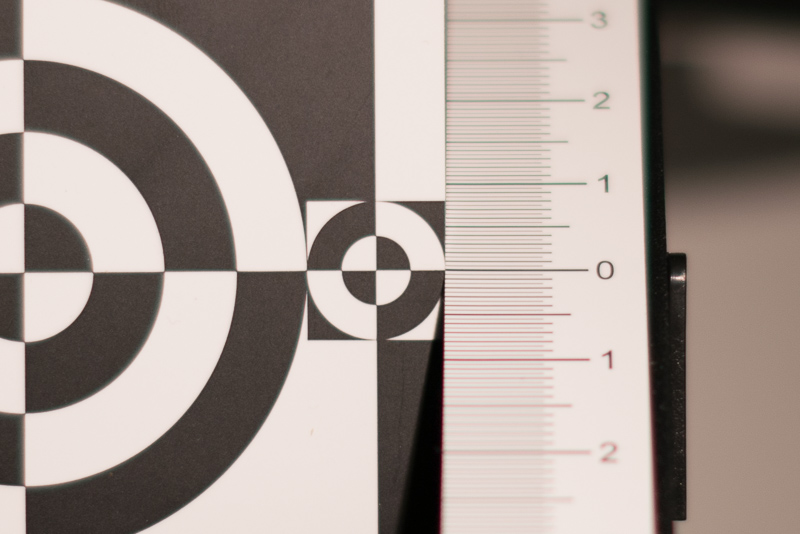
In close up scenarios there is a bit of green behind and magenta in front of the focal plane visible. The amount of color fringing is reduced on stopping down, but even at f/2.8 there is still a bit visible (see focus shift section).
We will also have a look how the lens behaves at longer focus distance, which is where most people will use the lens for. As is usually the case with fast lenses with rather simple optical designs purple fringing can be quite pronounced:
Leica M10 | Voigtlander VM 50mm 1.5 II MC | f/1.5
In extreme scenes like the one with the car you can sometimes spot longidutinal CA even in smaller output sizes, but it should be noted that the Voigtlander 50mm 1.5 II fares no worse here than e.g. the Sony 55mm 1.8 or the Sony 35mm 1.8, both slower, more expensive lenses.
Focus shift
50% crops, A7rII
With some lenses when stopping down the plane of optimal focus shifts to the back or the front. Sonnar lenses are very prone to this and the optical design did look a bit “sonnarish” to me at first glance, so it is not that much of a surprise the Voigtlander VM 50mm 1.5 II is one of those lenses. You can see the focus shifting to the back on stopping down, the amount is not that high and at longer focus distance might not even be an issue, but this is something rangefinder users should look out for.
Alternatives
I will only cover the really obvious alternatives in detail here, but if you ended up here by accident and you are looking for an AF lens may have a look at our Guide to 50mm lenses for Sony E-mount.
E-mount
Voigtlander 50mm 1.2 Nokton E:
One of the most obvious competitors. You gain electronic communications with your camera, half a stop of light gathering capabilities, better flare resistance. The f/1.2 lens is a bit bigger and heavier though.
buy from B&H | Robert White | amazon.com | amazon.de | ebay.com | ebay.de for $999 (affiliate links)
Voigtlander 50mm 2.0 APO-Lanthar:
If you are looking for the best possible correction of optical aberrations instead of lots of bokeh this is the lens you are looking for.
buy from B&H | Robert White | amazon.com | amazon.de | ebay.com | ebay.de for $1049 (affiliate links)
M-mount
Voigtlander VM 50mm 1.5 Nokton:
I didn’t use the 50mm 1.5 MK I on a Leica camera, but what is quite obvious: the new one performs significantly better at wider apertures off center. I am not so sure about the flare resistance, it is “different” and not exactly better, but I would still rather get the MK II version reviewed here.
buy from | Amazon.com | Amazon.de | B&H for $760 (affiliate links)
Voigtlander VM 50mm 1.5 Heliar Classic:
The Heliar Classic has actually been released after the lens reviewed here, but it is not a successor. The Heliar Classic is neither optimized towards sharpness nor smooth bokeh rendering, instead it is supposed to resemble the rendering of older lenses. So it is similar to the 35mm 1.4 Classic.
buy from B&H | ebay.com for $999 (affiliate links)
TTArtisan 50mm 1.4:
The TTArtisan 50mm 1.4 was a big surprise to me. The optical performance is quite similar and that at a significantly lower price, but the TTArtisan is a significantly bigger and heavier lens and the small size is really the strength of the Voigtlander lens reviewed here. If you are not that weight conscious the TTArtisan is clearly worth a closer look though.
buy this from the manufacturer’s shop | amazon.com | amazon.de | B&H | ebay.com | ebay.de for about $369 (affiliate links)
Leica Summilux-M 50mm 1.4 Asph:
I have never used this lens personally. It has a complex floating elements design so I would expect it to do better at closer distances. Flare resistance might also be better. The elephant in the room is the price difference though.
buy from amazon.com | amazon.de | B&H | ebay.com | ebay.de for $4.000 (affiliate links)
Voigtlander VM 50mm 1.2 Nokton:
See E-mount version above.
buy from B&H | amazon.com | ebay.com | ebay.de for $1.059 (affiliate links)
Conclusion
good
|
average
|
not good
|
Some people may wonder what Cosina is thinking offering so many different 50mm lenses, some of them (like the one reviewed here) even coming with different color/material/coating options.
But – as was also the case with the Voigtlander VM 35mm 1.2 III – they again tried (and in my opinion also succeeded) to improve the optical design of one of their most popular lenses while also decreasing size and weight.
So like many of the other Voigtlander lenses before this 50mm 1.5 II Nokton again hits a sweet spot: good sharpness and bokeh (swirly though…) in a very small package with only small compromises.
The least small compromise is the flare resistance – and I do wonder why the latest Voigtlander lenses perform a bit worse here than the generation before – but then shading with a hand often improved the situation significantly.
Deciding between this and the Voigtlander VM 50mm 1.2 Nokton would give me hard time though: I like the bokeh of the f/1.2 lens more, but in terms of sharpness as well as size/weight the f/1.5 MK II takes the cake.
So the situation is a bit like VM 35mm 1.7 vs. VM 35mm 1.2 III where I like the f/1.7 lens more.
So as always my advice is: pick the right lens for you depending on your needs. And I hope this review helps with that decision 🙂
The lens is available from Robert White (UK) | Cameraquest (US) | B&H | ebay.com | ebay.de (affiliate links) and the price is $949/799€/£849.
Sample Images
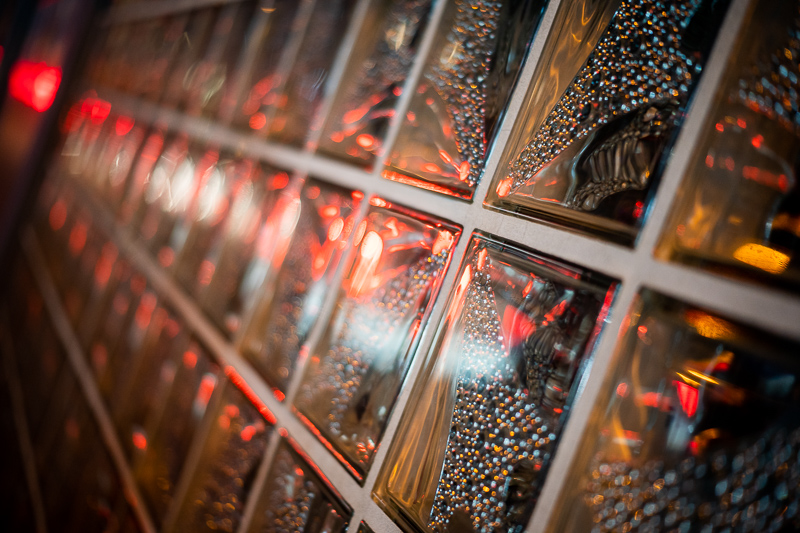

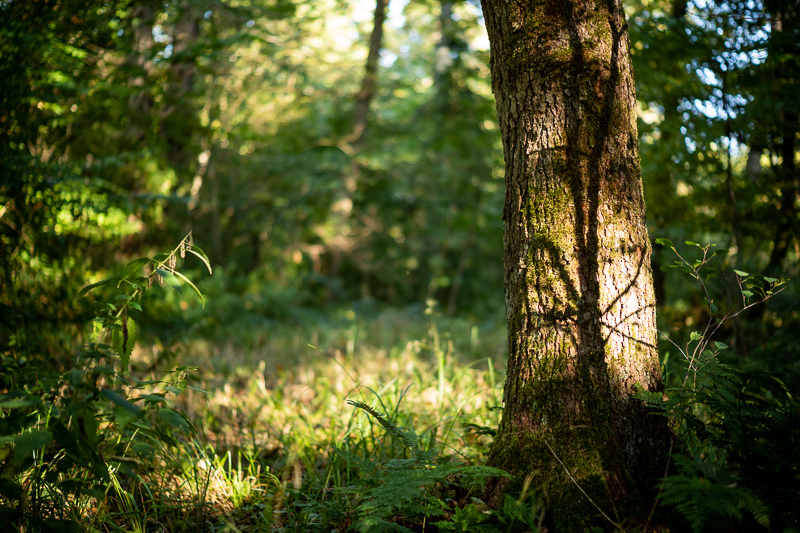
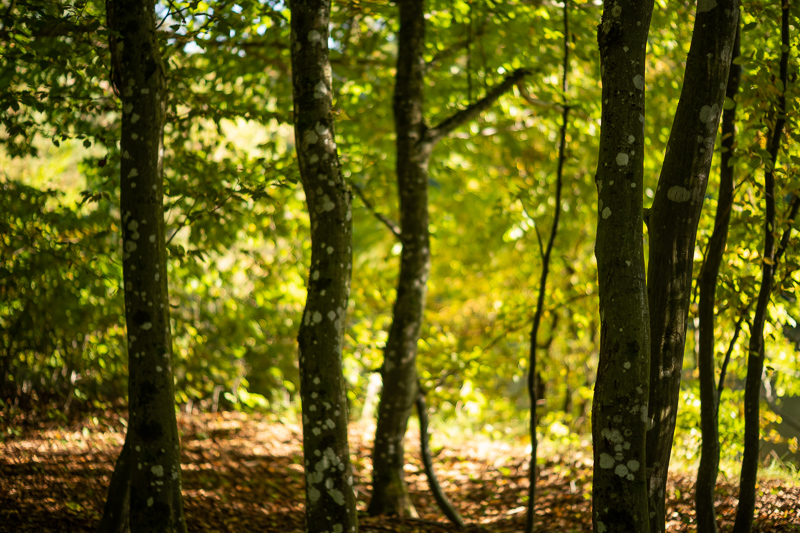
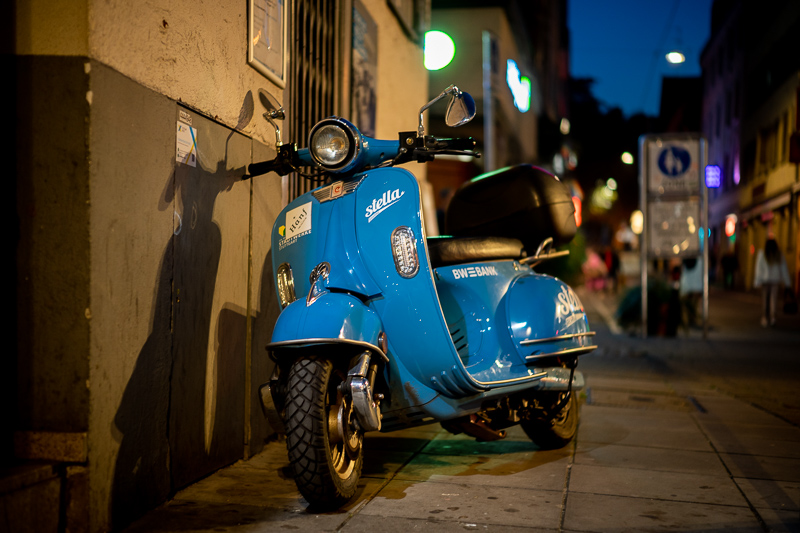


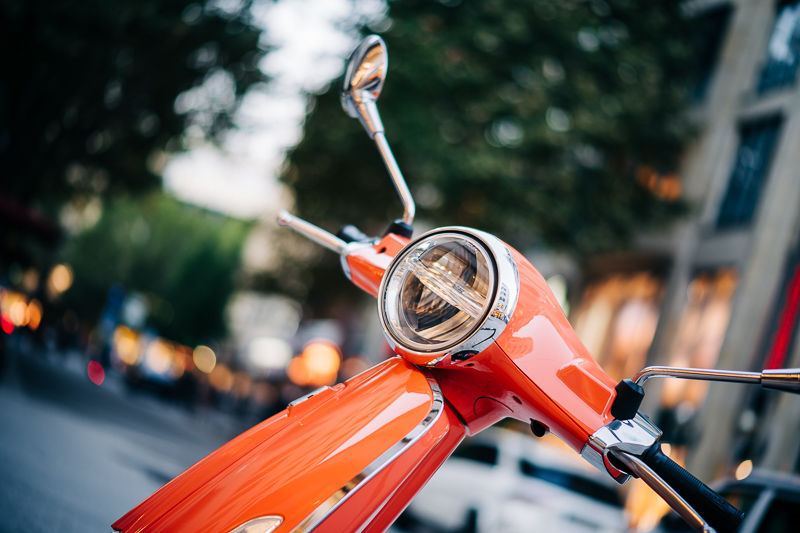


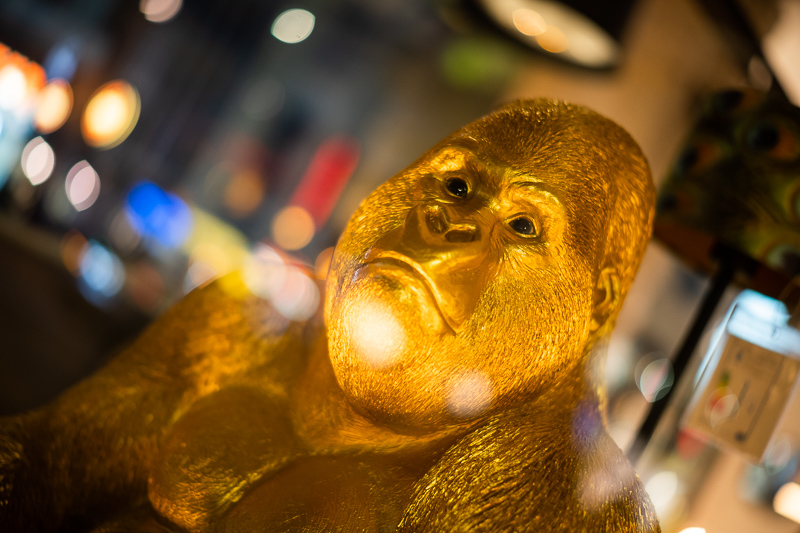
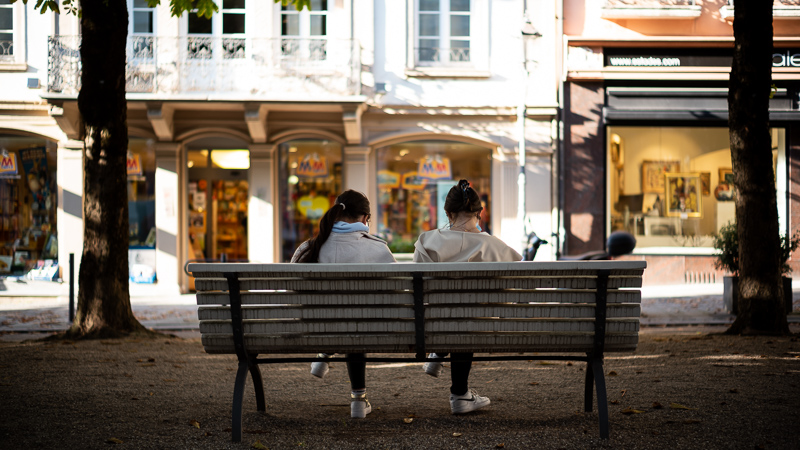
Most of the sample images in this review can be found in full resolution here.
Further Reading
- Sony FE lenses: Our comprehensive and independent guide
- Review: Laowa 9mm 5.6 – The World’s widest lens
- How I edit my pictures
- Review: Zhong Yi 135mm 1.4
Support Us
Did you find this article useful or just liked reading it? Treat us to a coffee!
![]()
![]()
![]() via Paypal
via Paypal
This site contains affiliate links. If you make a purchase using any of the links marked as affiliate links, I may receive a small commission at no additional cost to you. This helps support the creation of future content.
Latest posts by BastianK (see all)
- Analogue Adventures – Part 33: Harman Phoenix 200 - July 24, 2024
- Review: Nikon 200mm 2.0 IF-ED Ai – The first of its Kind - July 21, 2024
- Review: Voigtländer 50mm 1.1 Nokton – Better than its reputation? - July 17, 2024






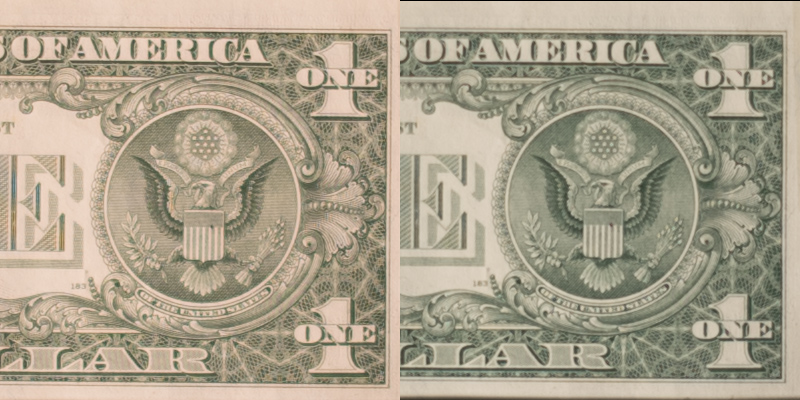
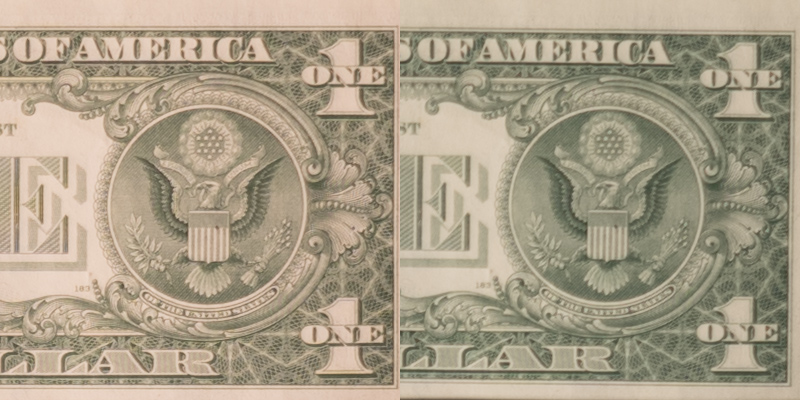
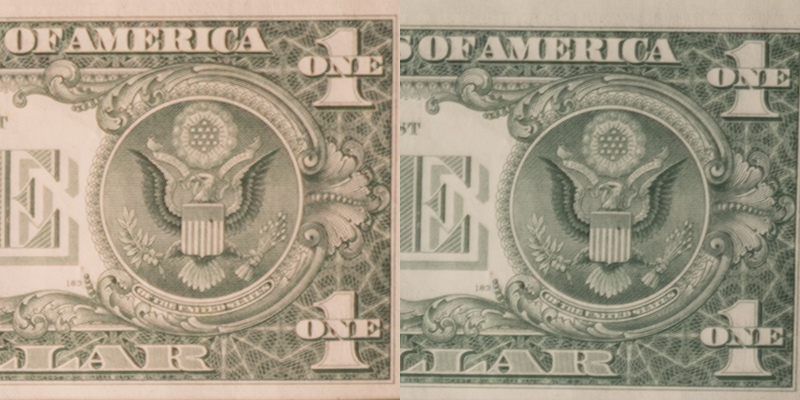
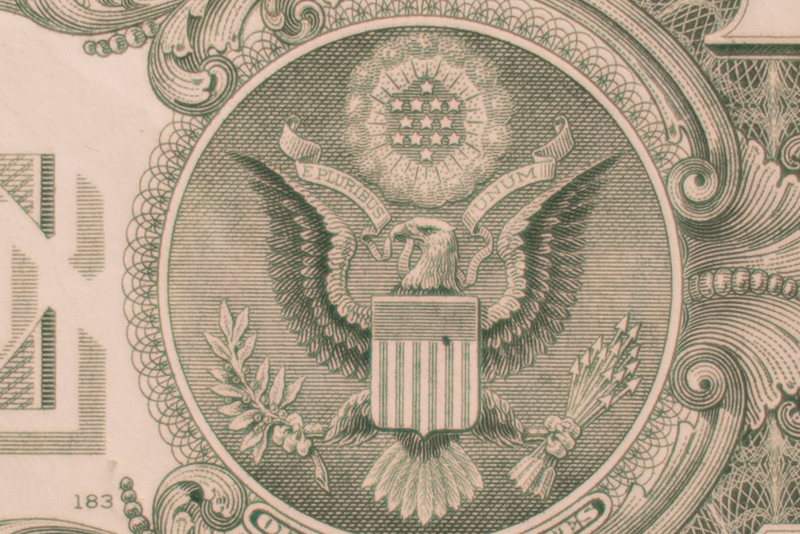
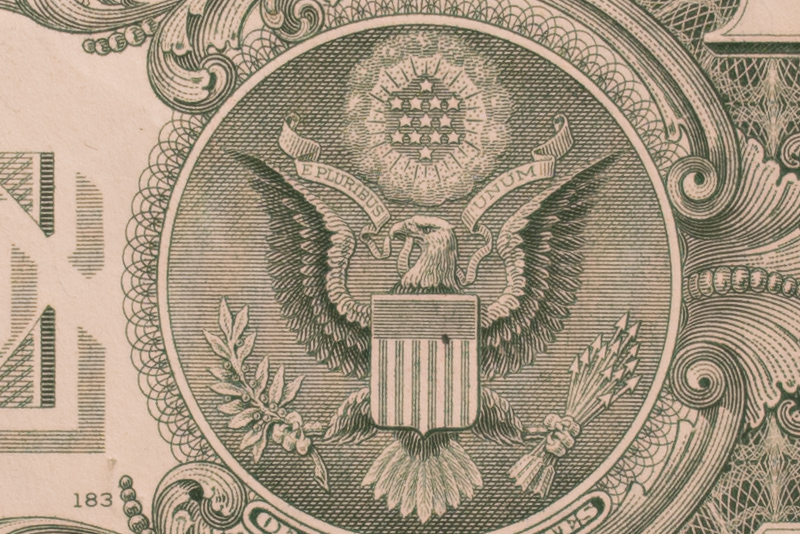

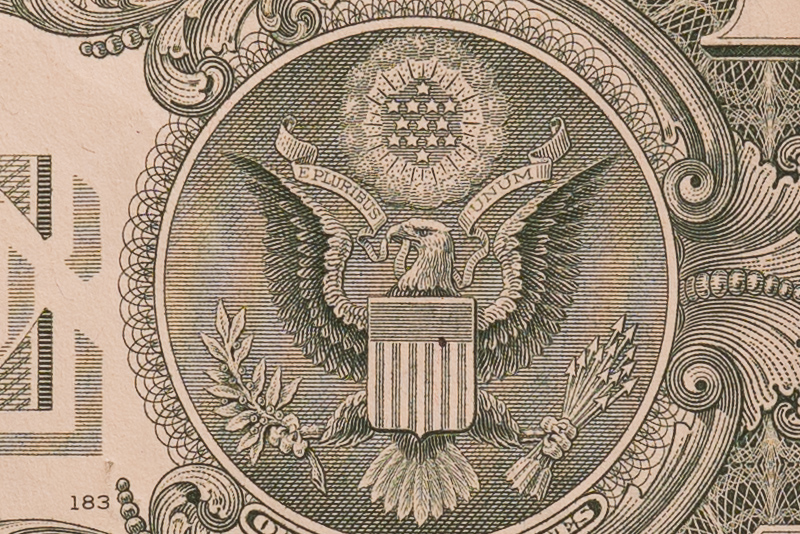
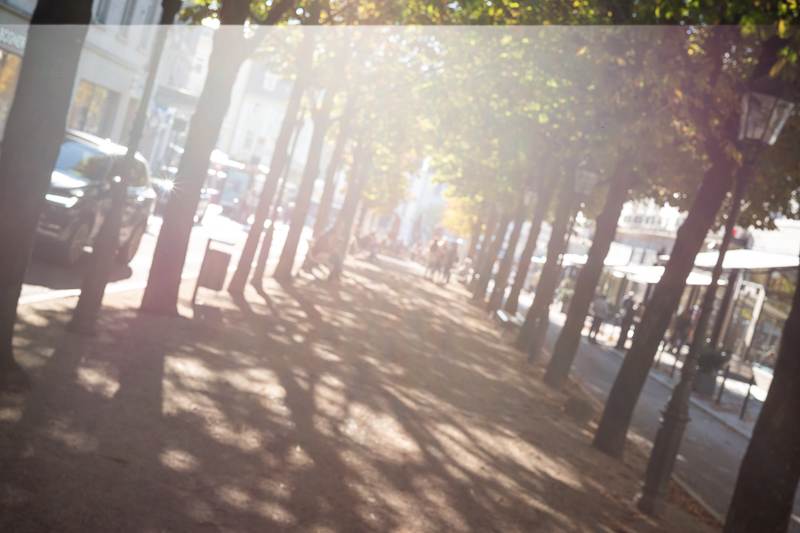

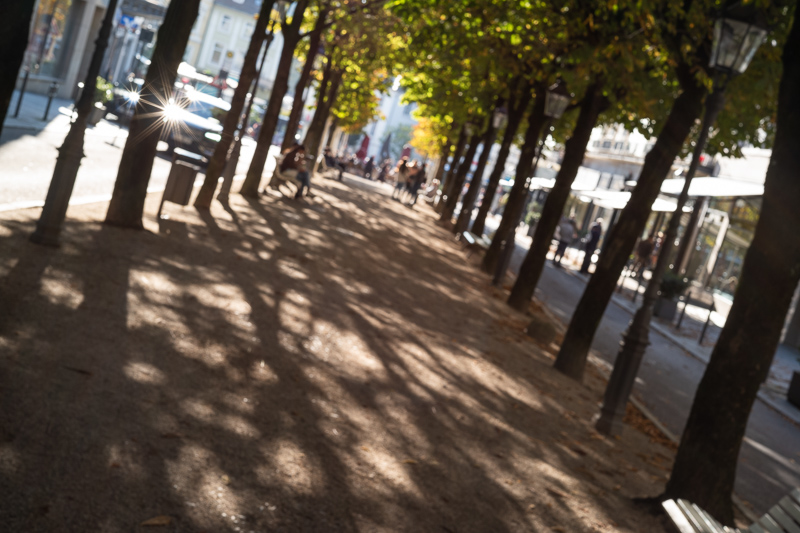
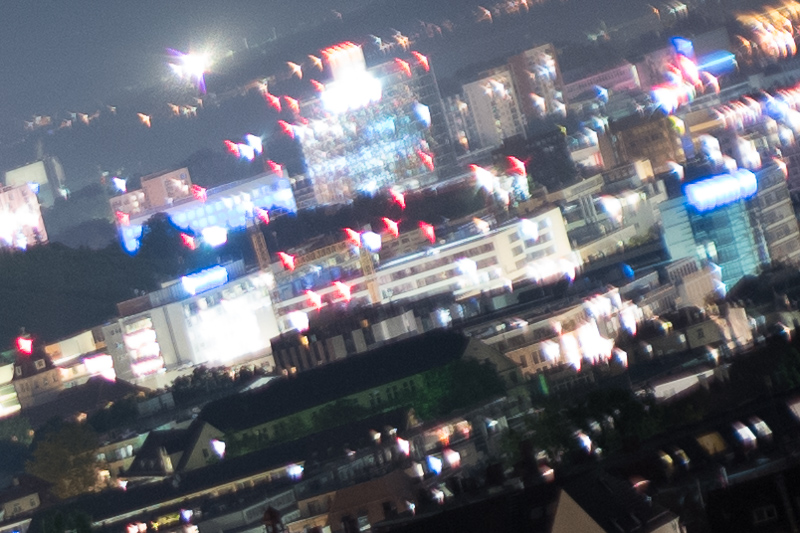
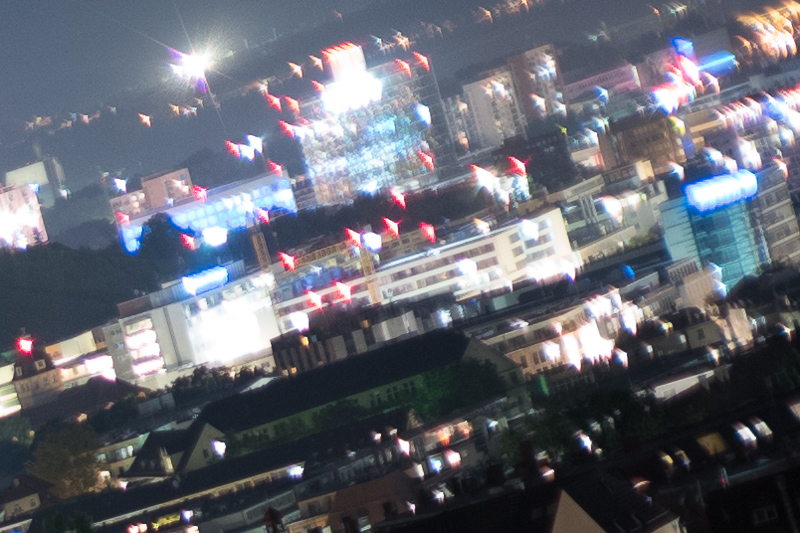
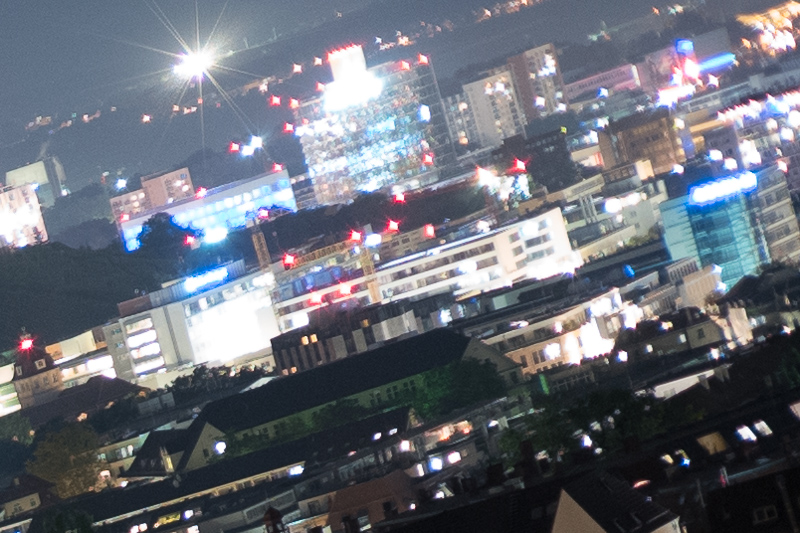
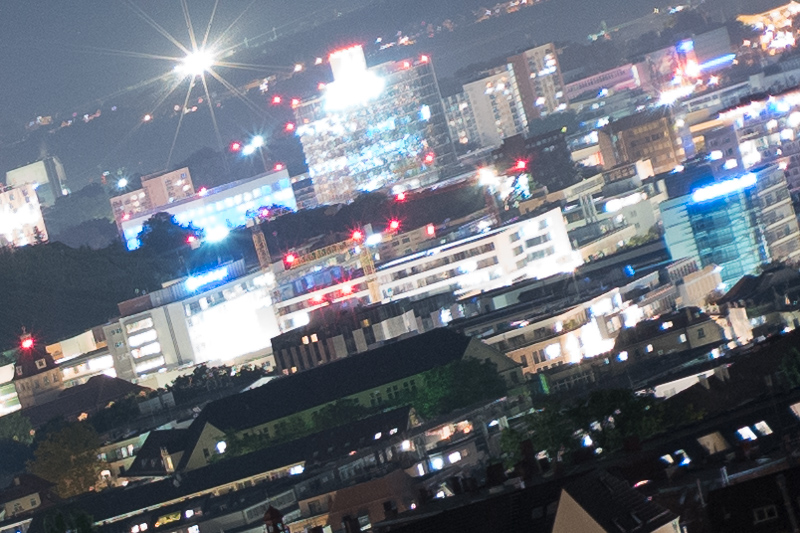
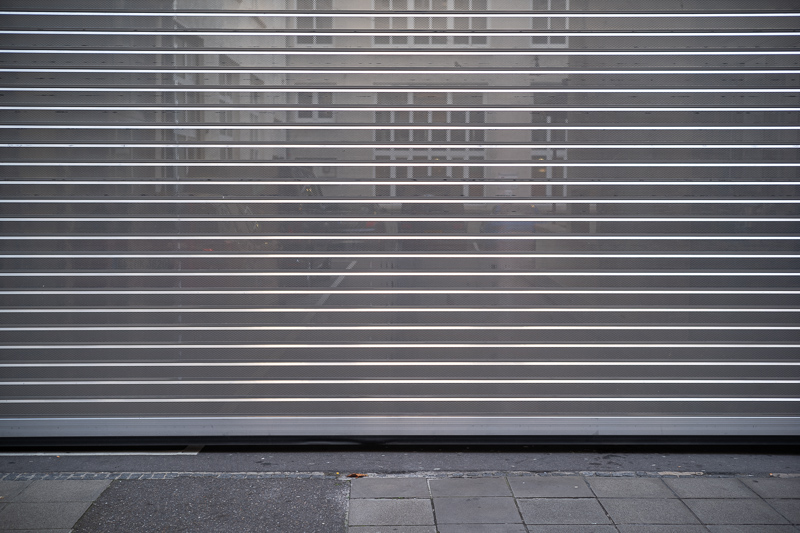
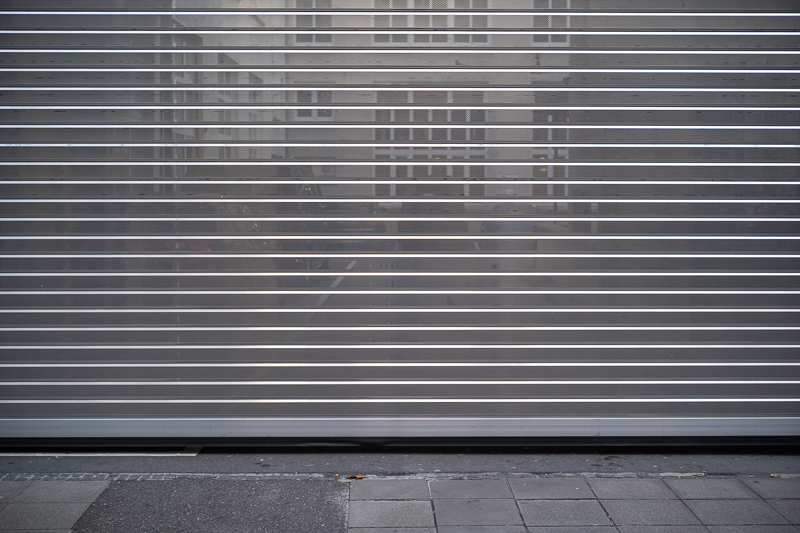
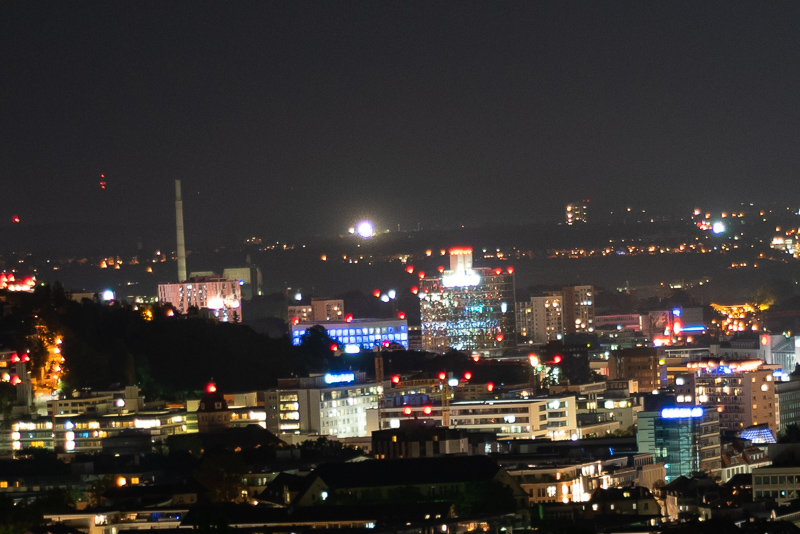

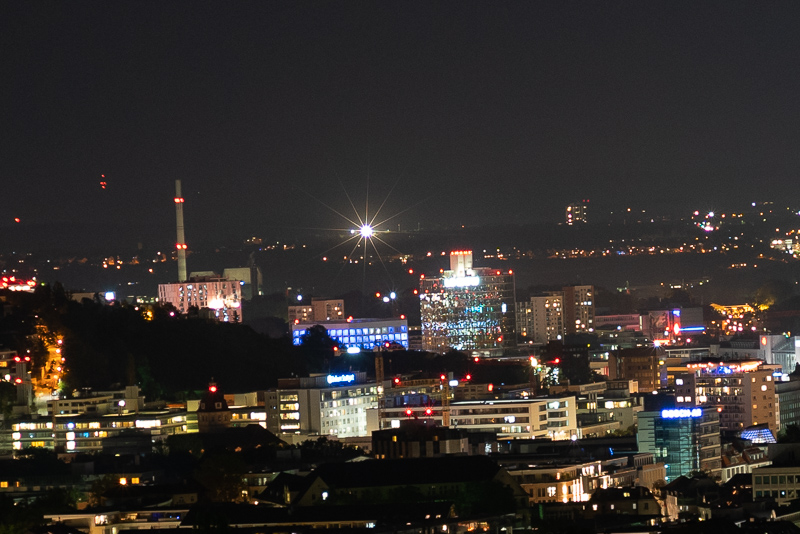
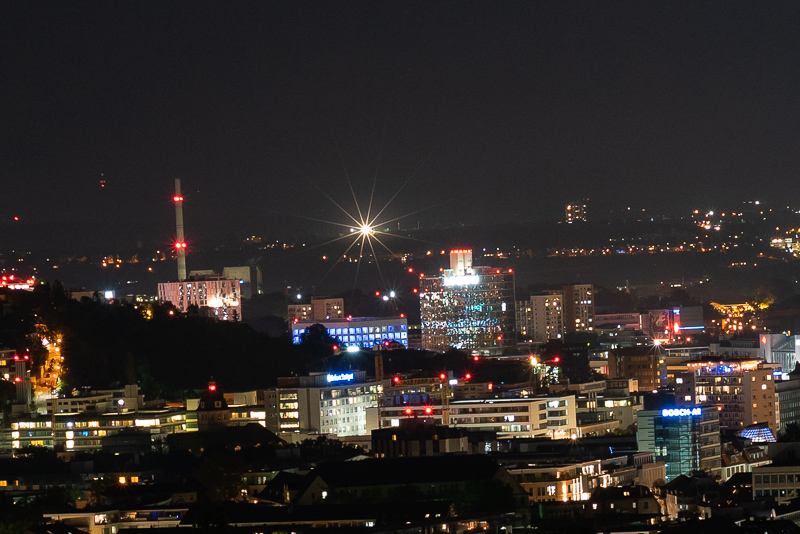
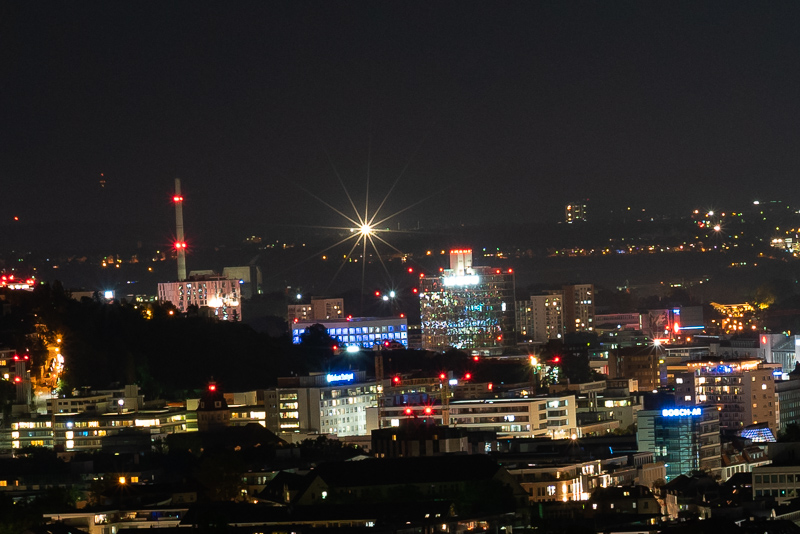
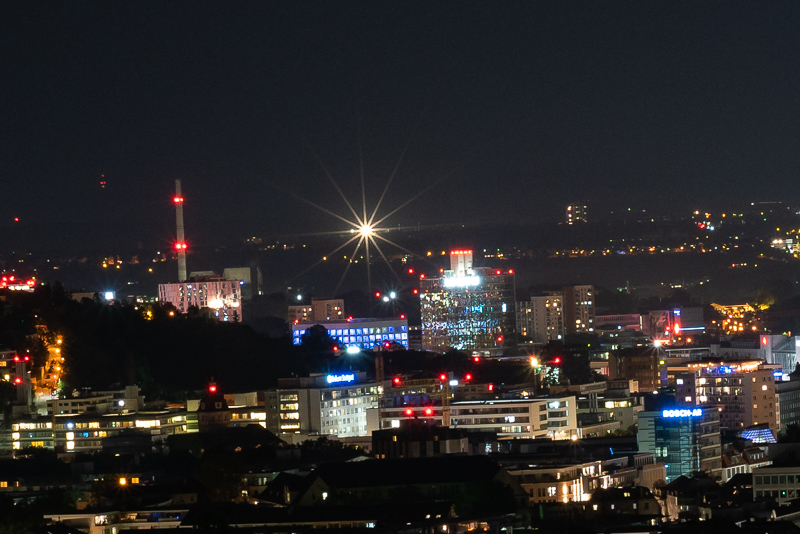


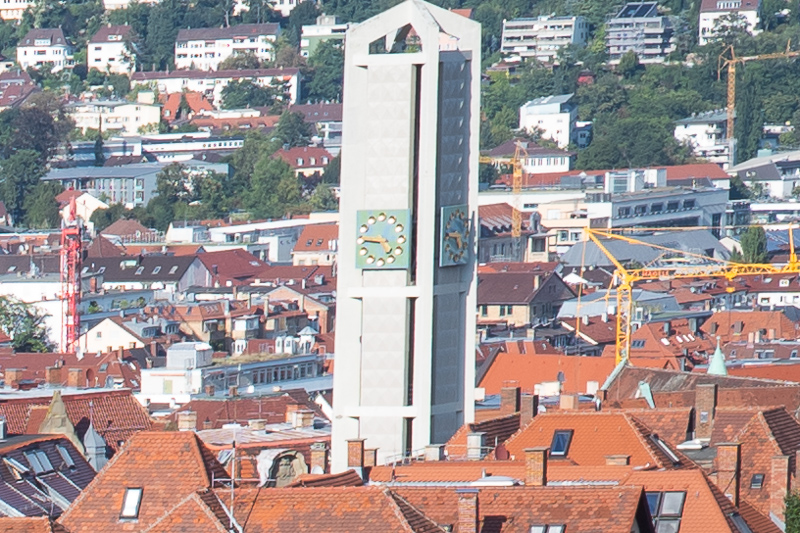

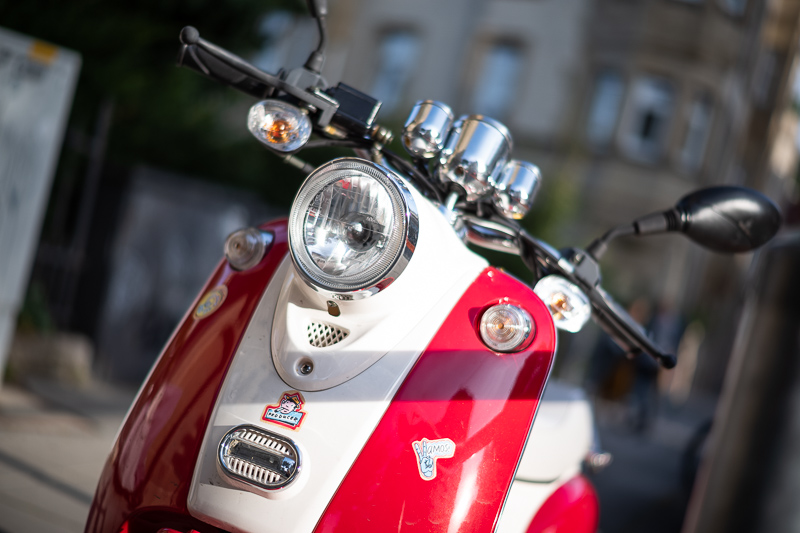
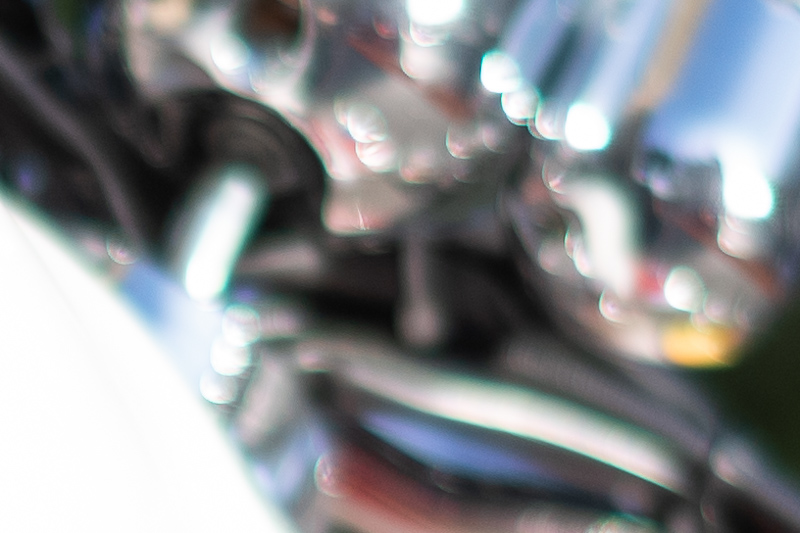
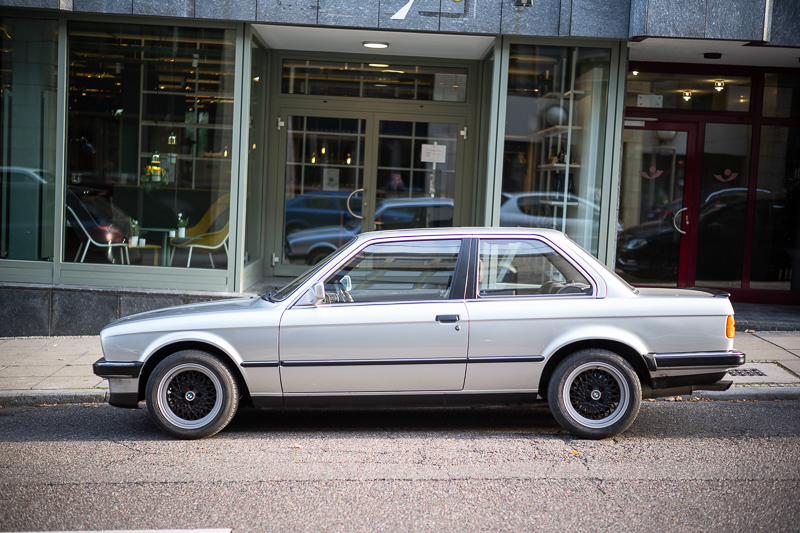
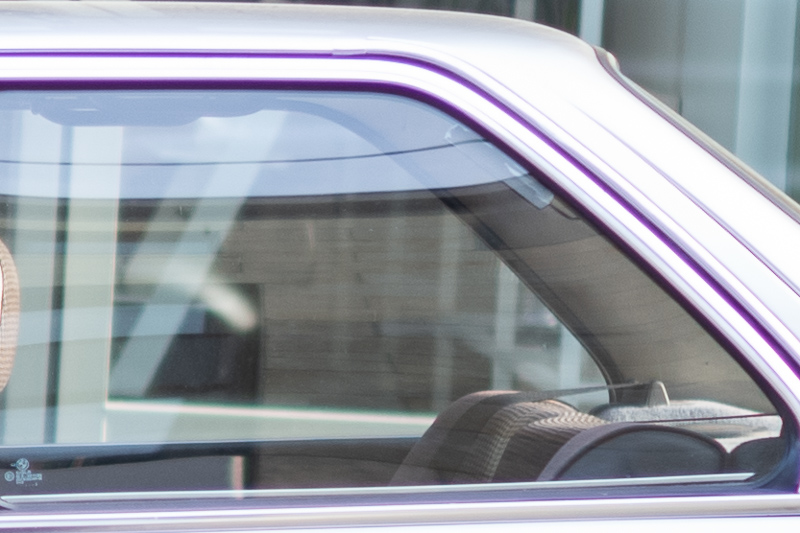
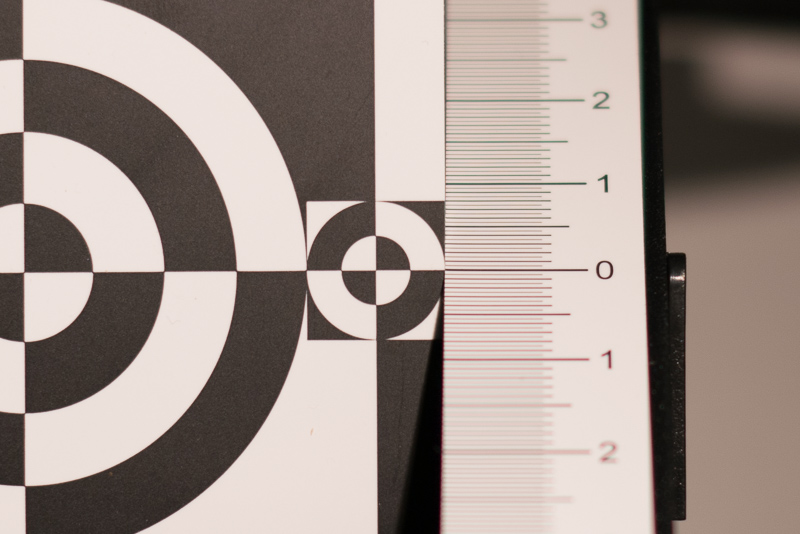
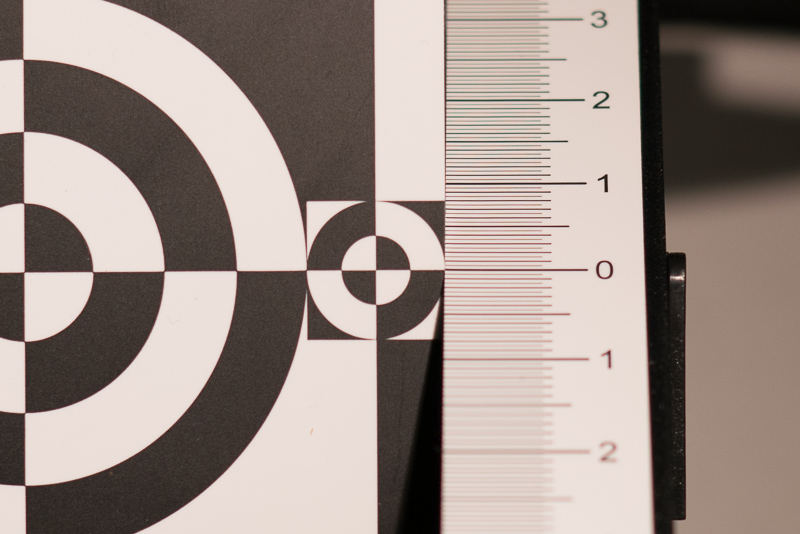
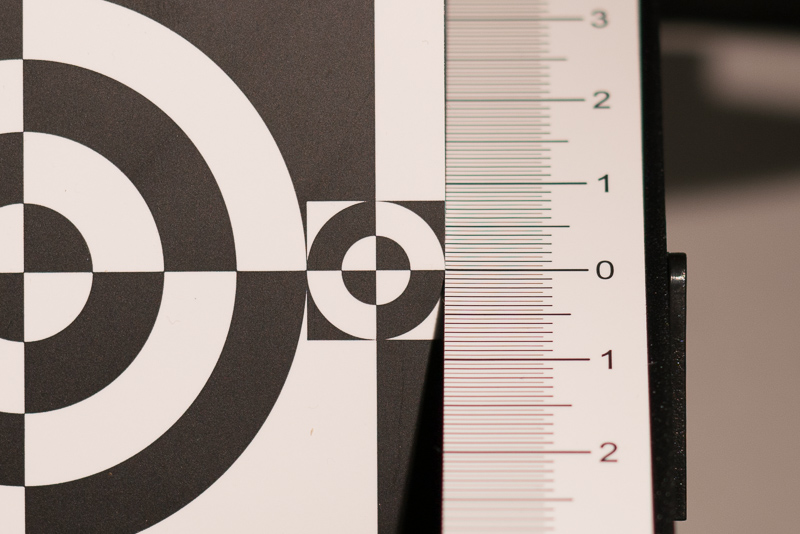
Thanks for the review, that’s a very compelling new 50mm option! What are your thoughts on the differences between this on and the Carl Zeiss C-Sonnar T* 50MM F1.5 ZM, in particular when used on a Sony A7?
I haven’t used the C-Sonnar personally, so I am mostly going by David’s review here.
Personally, I see no reason to get the C-Sonnar over this Voigtlander lens.
The competition to the C-Sonnar in the Voigtlander line up would rather be the 50mm 1.5 Heliar Classic.
The reason to go for the c-sonnar would be to have a lens that gives some of the best 3d effect that a 50mm can give in the 35mm format. Also the zeiss coatings are good with lens flare.
Thanks!
Max, I have been trying to decide whether to get the c-sonnar 50/1.5 too, and in the process been sold on 3 different voigtlander 50mm lenses, and I still don’t know whether to get the c-sonnar or the 50/1.5 classic! So I’m glad you asked
Nathan: I were about to get c-sonnar (from a friend, who gave it to me for a month to test), but during this month by chance got a VM mk I for under 200 eur, and in the end I kept the later (mostly because of the price). The other VMs shall be better, but also mk I was at least as sharp as c-sonnar, but the unexpected thing was that I liked rendering just as much 🙂 So in the end it was mostly a size and focus shift (on film) issue for me, and I decided that c-sonnar is not worth the extra. It is a lovely lens though, and I do have and use an old Jupiter 3 which is kind of similar in look (but not technical performance), so I actually kind of have both 🙂
Thanks for the info Victor, that is a very good price, congrats
Great review, again. Can’t explain why, but I want this – the rendering perhaps – even though I have both the e mount 50s, I wonder if I can convince my wife that we need another 50, she loves the helios so maybe I can take the “but look at the swirly bokeh” approach!
Thanks again.
And it is smaller than the Helios, don’t forget about that 🙂
It worked, thanks!
Now just need to find something over 100 that is as nice as the voigtlanders for landscapes, I wish they’d make a new 150 or 180 apo in m and e mount, something like the new 90/2.8 apo skopar vm probably, keen to see that one too!
I also wish for something like that…
try OM-Zuiko 200f5, cheap, small, sharp,
Better not, was an awfully low contrast lens with way too high CA.
So bad I didn’t want to review it.
Not optically better than e.g. a Canon nFD 200mm 4.0 or Minolta 200mm 4.0 MC yet way harder to find.
Put any of those up against a “modern” tele with Ed elements like the Canon EF 70-200mm 4.0L and they just look incredibly dull and bad.
Bastian,
maybe you had a bad copy? Granted, I don’t have a “modern” lens, but I did compare it with Canon nFD 200 2.8 and Minolta 70-200 beercan, and Zuiko is sharper than both of them at f5.6 on 42mp (chose common aperture). CA level was also comparable (with Canon a bit behind), but modern VC primes are far worse in this regard 🙂 The contrast is generally lower on OM glass than, say minolta, and 200f5 is no exception, but nothing that could not be pumped in post/jpeg settings. The OM is, however, by far the smallest and compact lens, comparable with 135mms in size/weight, hence I kept is as my travel landscape lens. You obviously can not compare it with APO lanthars, but for landscapes both will do just fine imho (i.e. at f8 on a study tripod).
As said, compare any of those to a modern tele lens with ED elements and you will not want to use them anymore.
Compared to the Zuiko 2/180 (which has ED elements) the 5/200 is a complete insult in terms of contrast.
So it is not that Zuiko lenses are low contrast in general, just tele lenses without ED elements are.
I think on Pierre Toscani’s page (not sure if it was there though) there is a graph comparing the mtf of the last tele lenses without
ED elements to the first ones with and the differences are staggering.
Unfortunately there is really no compact tele prime with ED elements, except for the 4/180 Apo-Lanthar and the Sigma 180mm 5.6 Apo Macro.
I compared the 5/200 to the 5.6/180 at that time (at infinity and for CA) and as said: when you have seen both next to each other you will never want to use the 5/200 (or any of the old teles without ED elements) again.
Part of that comparison is in the CA section of the Sigma review.
I would love mine if not for the swirls.
This looks like a very fine lens, the rendering is very nice, 3D effect is quite visible. Technical characteristics are pretty good too.
If somebody is buying for E mount I could see a justification maybe for getting this like a year ago but at that price I don’t see why today a rational person would buy this over the “Still Edition” of the Nokton 50mm 1.2. Sure this is still smaller and lighter but there will probably be little to no difference once you take the adapter into account. I guess I can see why someone might prefer the colors of this lens or if you’re crazy about swirly bokeh ¯\_(ツ)_/¯
I have seen several references to in-camera CA correction for JPGs. I am not sure if this references the Sony or Leica you used for testing (or both). I’ve heard anecdotally that Sony cameras can correct CA in-camera for JPGs even when adapted lenses are used, but when looking at the Sony documentation, all I see is that lenses designed for E-mount with electronic contacts can communicate a correction profile the camera uses. I don’t find ability to correct CA for non-native lenses. Is there such a capability I haven’t found?
I was still used to Nikon cameras which were actually able to correct it for various lenses in camera, at least this is how I remember it, as I never shoot Jpeg anyway.
When I checked lately I also found that with Sony cameras this has to be done in post though. I still have to go through some of my reviews to correct this passage.
Hi Bastian.
Thank you for another detailed view!
How would you say that the CV 35mm f/1.5 and CV 50mm f/1.5 II lenses compare to the CV 35mm f/2 APO and CV 50mm f/2 APO lenses at long distance and f/4 – f/5.6 in terms of overall sharpness and chromatic aberration correction?
I use the two APO lenses on the Sony a7R IV, and I’m very satisfied with the results. I however consider either switching to Leica completely, or use a Leica for manual focus lenses instead, as I prefer the rangefinder experience.
It’s a bit of a complicated decision for me, as I usually choose the best corrected lenses, but in this case, I might value compactness and size more, especially on a rangefinder, if the image quality gets close enough at beforementioned apertures.
If not, then I can perhaps live with the dimensions. I don’t really care much for the faster aperture, but perhaps for the rendering for portraits, which I expect to be slightly more interesting than the APOs.
Another case for the Nokton lenses, is that I probably will add the 75 f/1.5 as well. Other lenses that I consider are the 9 f/5.6, 21 f/3.5 II and 135 Elmar. I think this will make for a great kit in terms of image quality and coverage.
My primary use case will be for architecture and landscape, with some occasional portraits of my family members.
Regards, Frederik.
Now that is an interesting question.
In case of the 50mm 1.5 II I think stopped down to f/5.6 you will see little difference compared to the 50mm 2.0 Apo.
In case of the 35mm 1.5 I am not sure as I haven’t used that lens yet.
The 35mm 1.2 III does not reach the clarity of the 35mm 2.0 at any aperture and its design is very similar to the 35mm 1.5,
so the situation might be comparable here.
You might want to overthink the 21mm 3.5. I compared it to the 21mm 1.4 and it never reaches its image quality at long distances.
You might be disappointed.
Thank you for your response!
I thought so too, hehe.
Hmm, yeah I would imagine that the 50 f/1.5 II gets very close, while it’s more complicated for a compact 35. I don’t know. To me, it seems that the 35 f/1.5 is slightly superior to the 35 f/1.2 III in the corners, from Fred Miranda’s reviews. It’s not a direct comparison, though.
It slightly frustrates me that the 35, 50 and 75 f/1.5 lenses have different haptics, while the APOs are compliant. The APOs might just be acceptable for an overall balanced kit, though the whole idea was to enjoy the experience and size a bit down.
It’s generally frustrating that Voigtländer keeps changing their haptics both between and within series. Their new 75 f/1.9 is very odd to me, for example.
About the 21 f/3.5, I have read quite mixed reviews. I know that it probably won’t match the Loxia 21 that I use on Sony, but I don’t know what could replace it. I don’t want to go for the Nokton due to, well, its dimensions and weight. Is the Leica 21 f/3.4 any better? It can sometimes be had for about €2250, which still is about 5 – 5.5x the cost of an used CV.
I don’t own a Leica yet, but I quickly fell for the haptics when testing one in a Leica Store through multiple visits. Although I did consider purchasing an used M10, I know that I will regret not going for the M11, as I tend to frame wider and crop a lot to level the images properly. It seems that you follow this method as well, from the images that you post, at least when it comes to scenes of architecture. I plan on purchasing an used M11 and test it for some months. If I do change my mind, it can probably be sold without losing much.
In the store, I tested the M11 with the Leica 50mm f/2 APO. I appreciated the focus tab, but I don’t think it’s necessary for my usage, so I probably wouldn’t mind not having one on the Voigtländer lenses.
The Leica 50 APO actually disappointed me a bit. There was a bit of glow wide open, and it had noticeably worse chromatic aberration correction compared to my CV 50 APO. It was perhaps a bad copy. I really appreciated its compactness, but I won’t be buying Leica lenses anytime soon, though I might invest in some of them over time. The dream lens is the Leica 35 f/2 APO.
Are there any used Leica lenses that you recommend that I keep an eye on, or would such not be within criteria?
Oh, as I crop most of the images a good bit due to geometry of subjects (mentioned in second last section in my previous reply (I can perhaps share some images somewhere to demonstrate my typical usage and outcome), perhaps the edge performance won’t matter all that much. This pushes me a bit more towards the 35, 50 and 75 Noktons, with their “dual-character” over the 35 and 50 APOs and 90 APO-Skopar.
I have only used a handful of Leica’s M-mount lenses but I am working on increasing that number (just today a reader brought me a 50mm 0.95 for a review).
That being said there aren’t really any lenses in their line-up at the moment I am really interested in buying for myself, regardless of their price tag.
From the MTF graphs I do think the Leica 21mm 3.4 should perform better than the Voigtländer, but then the MTF graphs cannot paint a full picture.
In case of the Leica 50mm 1.4 Asph I was quite disappointed in the flare resistance and in case of the 16-18-21mm 4.0 and 35mm 1.4 FLE I was disappointed in general, so there is no guarantee.
Also the long minimum focus distances of most of their lenses do put me off.
I think with the Voigtländer lenses you are generally on track for your applications.